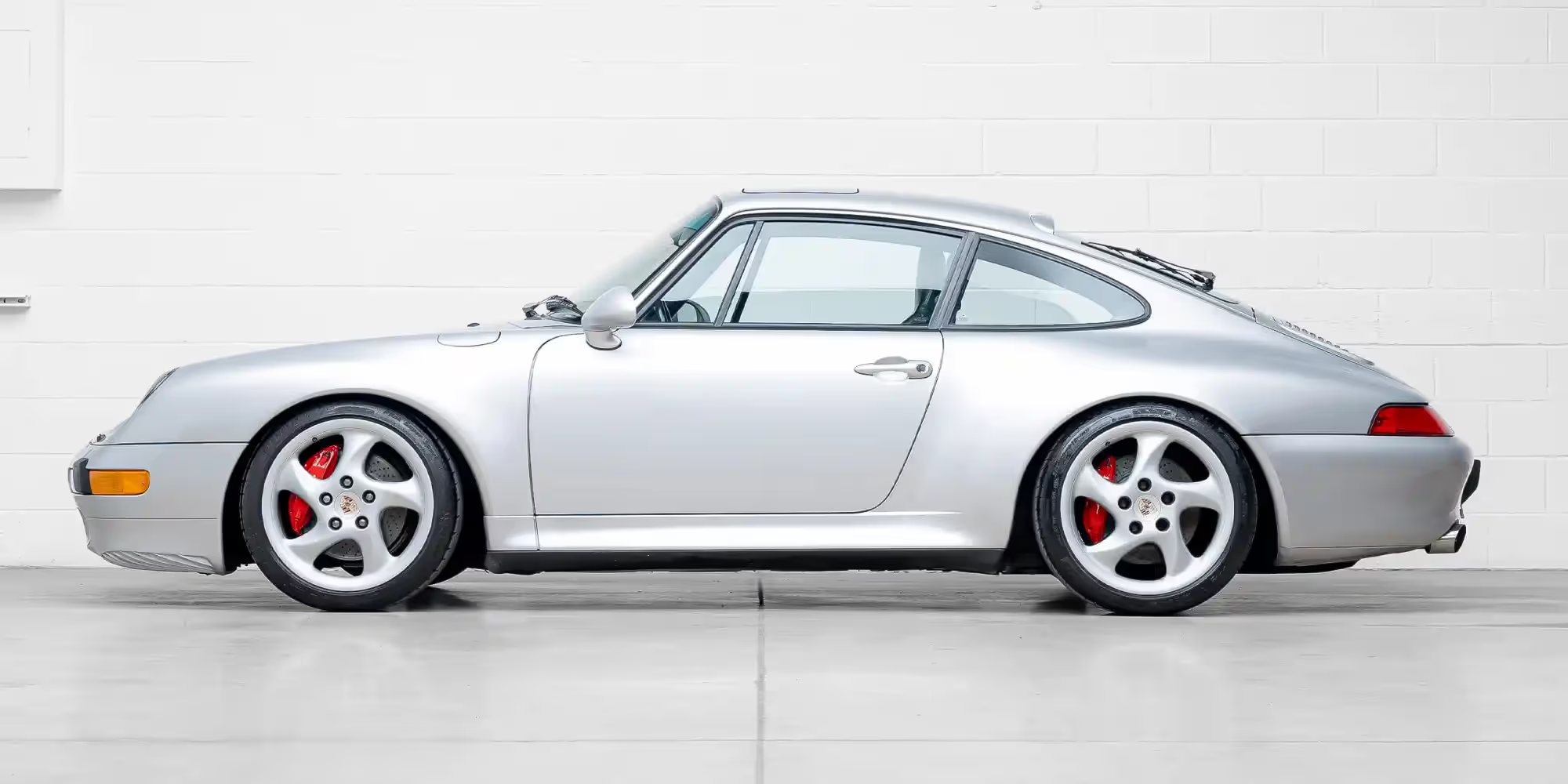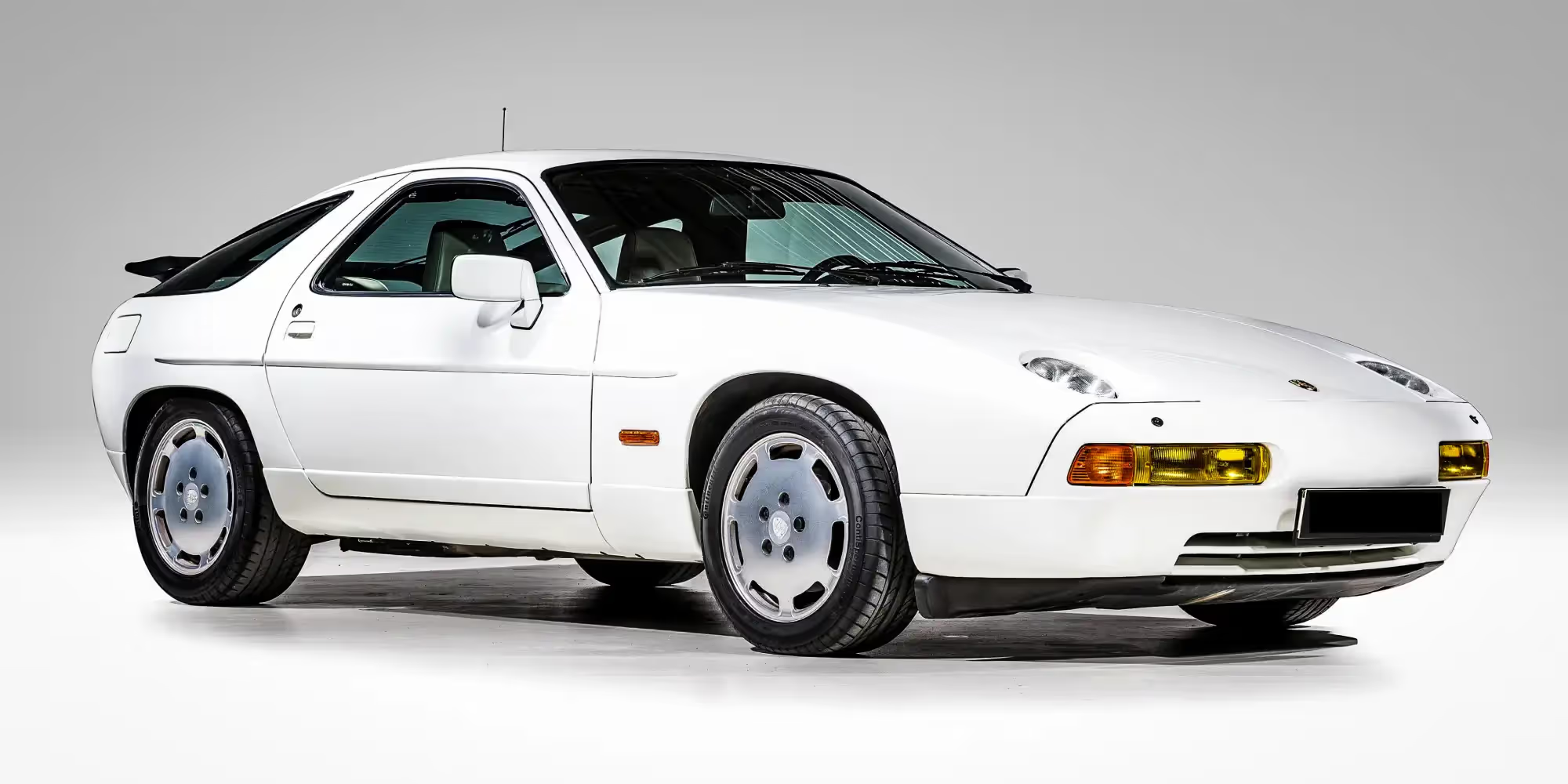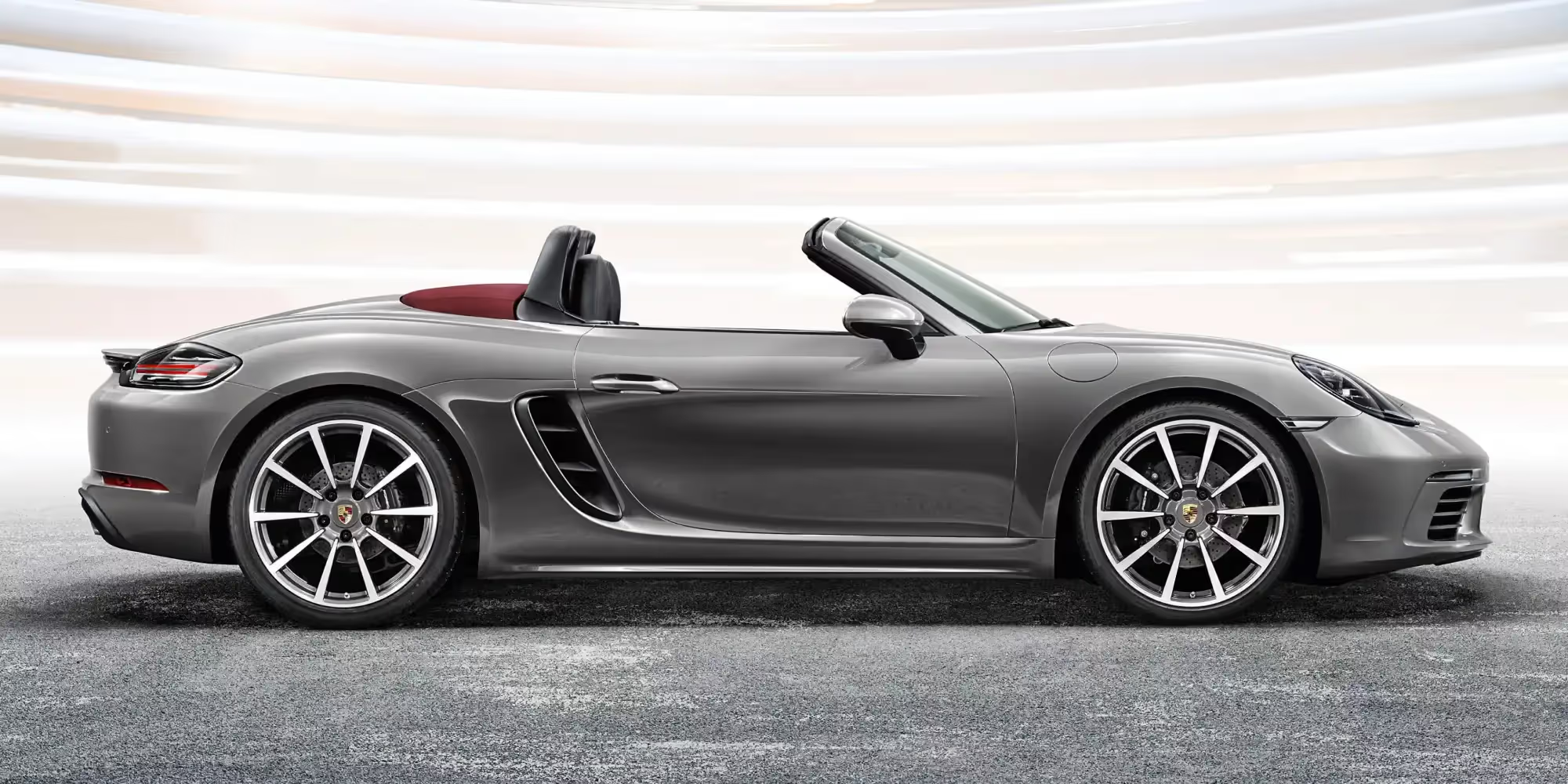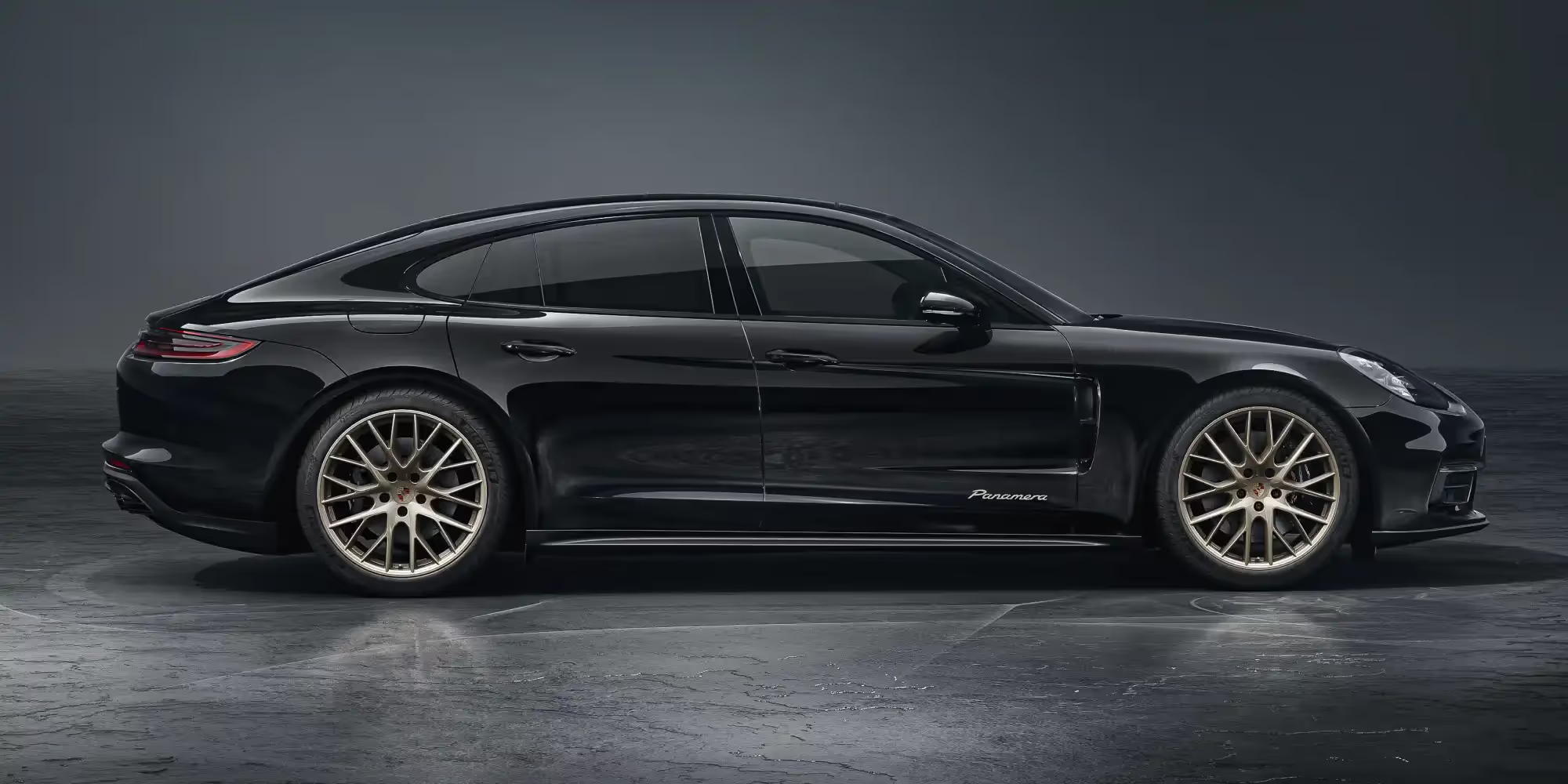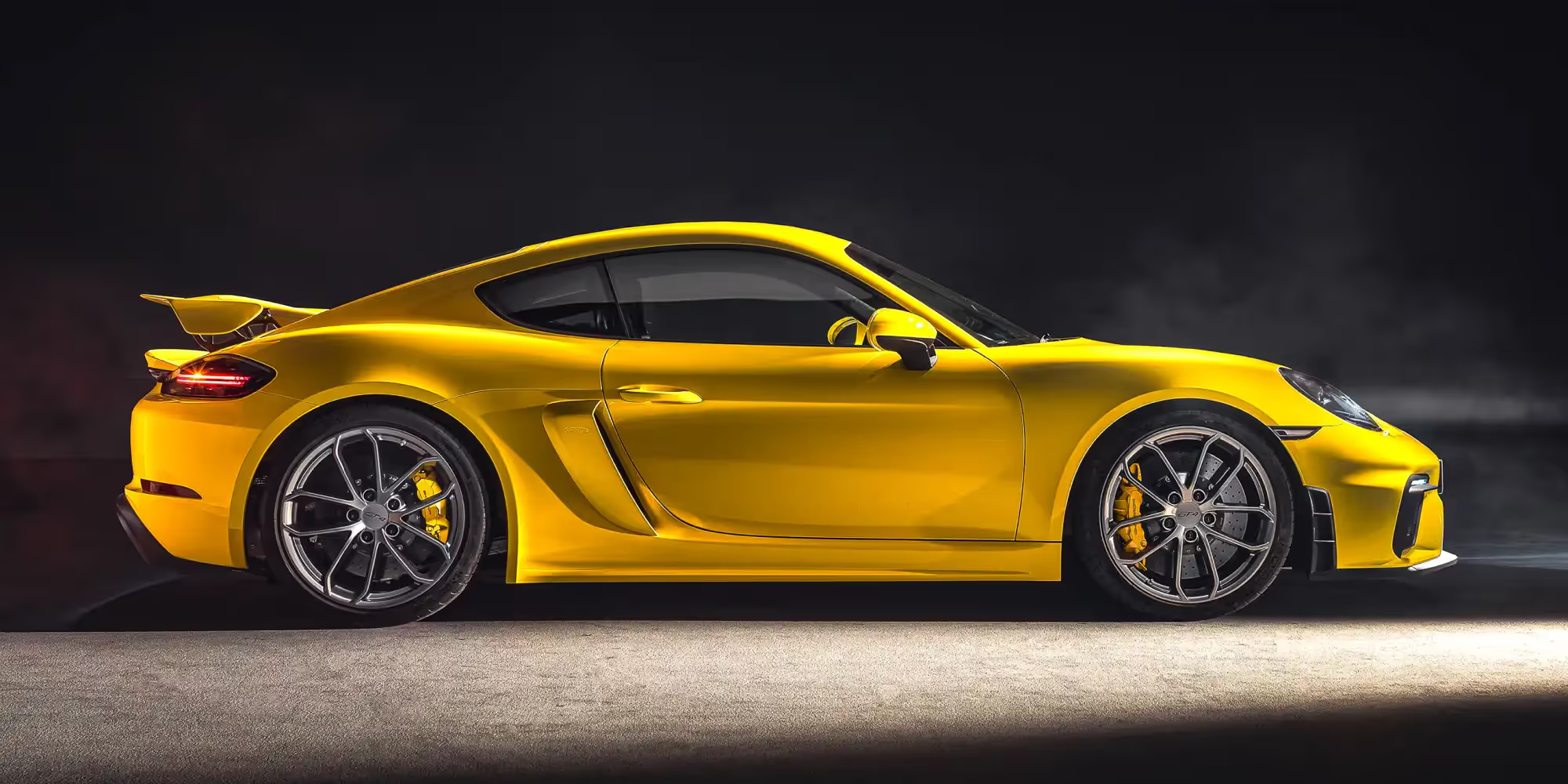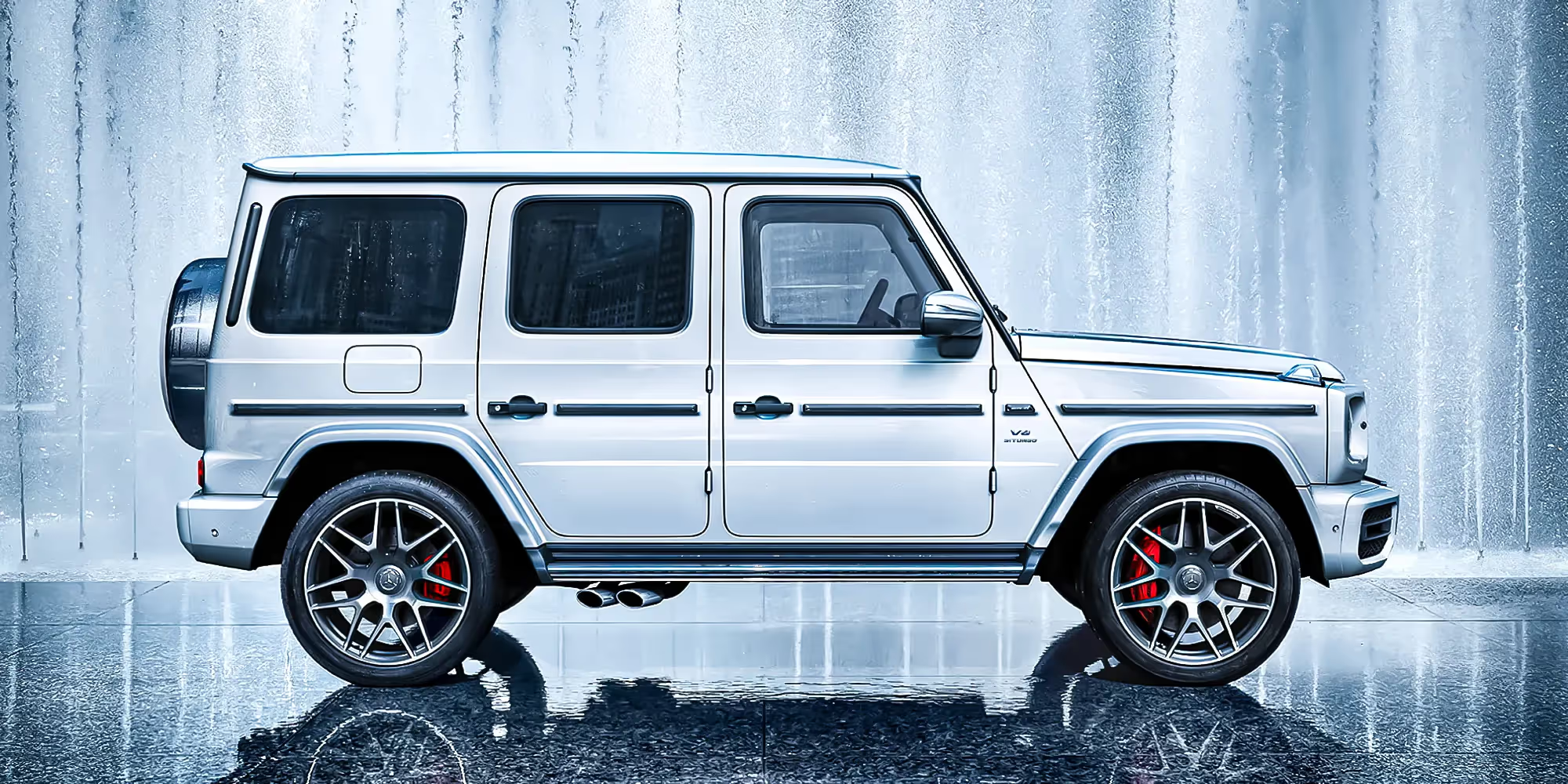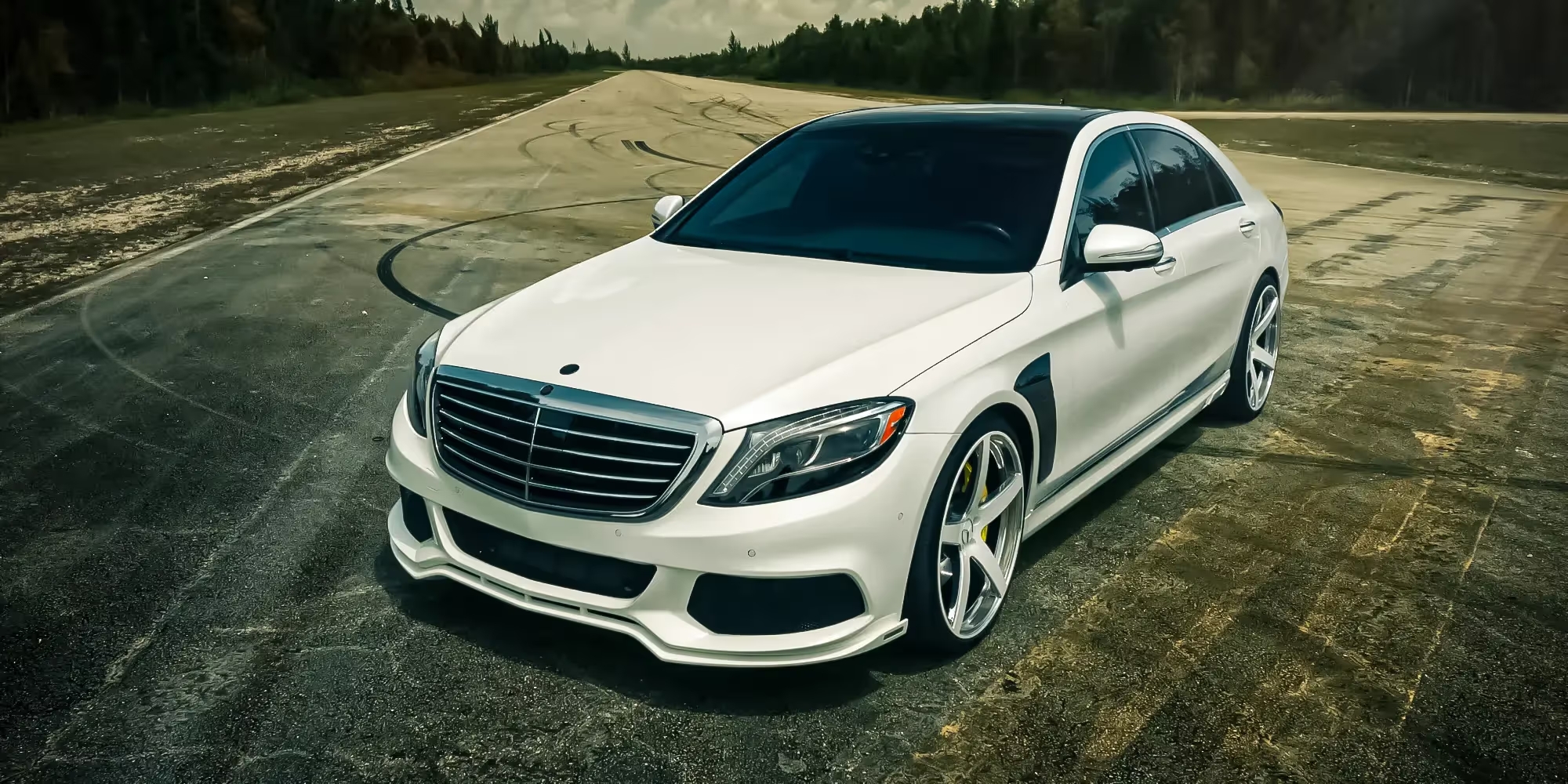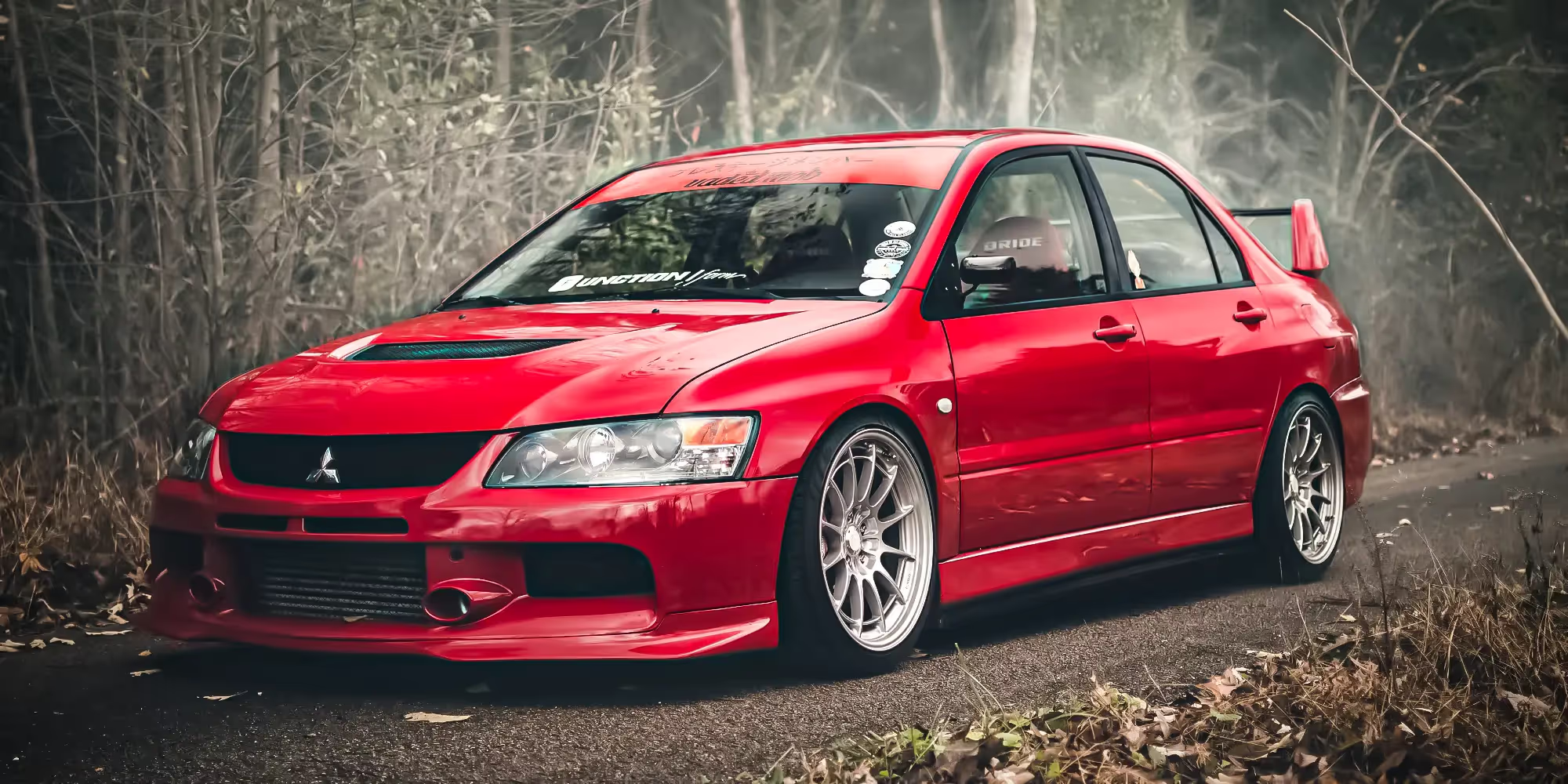Porsche 911 from Japan
Regardless of the generation, the Porsche 911 has enjoyed unwavering popularity since its inception. In the case of a well-maintained or restored copy, it can not only give driving pleasure, but also be an excellent investment of capital. The Porsche 911 from Japan for the most part has a left-hand drive and is in perfect body and technical condition. If you are interested Porsche from Japan, this 911 is a hit. You will immediately learn the most important things about the Porsche 911 - how many horses it has, what versions and special editions are available, and what innovations were introduced.
Porsche 911 - 1st gen. - type 901
The first Porsche 911 had the designation 901, but the rights to this trademark were held by Peugeot, so the Germans decided precisely on the 911. Before this happened, they managed to sell 82 units with the designation 901. In the first generation Porsche 911, the engine had 6 cylinders in the boxer system, a capacity of 1991 cm3 and a maximum power of 130 hp. Worked with a four- or five-speed gearbox.
Variants and versions
912 — is a car with a Porsche 911 body, but with a B4 engine from the 356 model.
911S — introduced into production in 1966, the engine power was raised to 160 hp.
911 Targa — this version of the body was introduced already in 1967.
911T — a variant put into production in 1967 with a 110 hp engine.
911L — In 1967, the version with a 130 hp engine changed its name to the 911L.
911R — racing model, limited to 20 pcs, with a 210 hp engine.
911 Carrera RS — The Porsche 911 Carrera RS had racing technologies and road homologation. Two engines were installed here - 2.7 with 210 hp and 3.0 with 230 hp.
911 SC — The abbreviation SC comes from Super Carrera. The car was shown in 1977 and is powered by a 3.0 l engine with a capacity of 180 hp.
Lifting and changes
In 1969, variant B was introduced. The wheelbase was increased to 2268 mm and the rear axle was moved. In the 911S and 911E models, fuel injection appeared. Added Sportomatic version with a four-speed slot machine. In 1972, a new engine with a capacity of 2341 cm3 went under the hood. In the Porsche 911, the specifications remained roughly unchanged, but on the 911T for the Asian markets and the USA, the manufacturer had to use injection, while in Europe it had a carburetor.
Porsche 911 - 2nd gen. - series G
The second generation of the Porsche 911 was the longest production in history, being offered from 1973 to 1989. In this Porsche 911, the dimensions were increased for better travel comfort and thus the total length of the car is 4291 mm for each of the body versions. There were also new seats with integrated head restraints, as well as automatic seat belts.
The main engine was the 2.7 engine from the Carrera RS. Depending on the version, it generated power from 150 hp and above. In 1974, the Porsche 911 Turbo appeared, which has the designation 930 and a distinctive spoiler baptized as a duck tail (ducktail). In total, almost 200,000 copies of the G series were built.
Variants and versions
911 Race 2.7 — This model was structurally similar to the previous generation Carrera RS 2.7. It was offered in coupe and Targa bodies. The engine had a power of 210 hp. Of the curiosities, it is worth mentioning that up to 30 copies were made by order of the Belgian police.
911S — Although the engine capacity increased to 2.7 l, the power was reduced from 190 to 175 hp.
912TH — variant offered only in the USA. It combined the body of the first generation with the 2.0 engine of the 914 model.
911 Race 3.0 — Although the 3.0 engine was used here, its power was 200 hp. The car was produced from 1976 to 1977, in the body of the coupe and Targa.
911 Turbo (930) — is the first Porsche 911 with a turbocharged engine. Initially, the capacity was 3.0 l, and the power — 260 hp. Over time, these values increased to 3.3 l and 300 hp in the 1978 model year.
911 SC — In 1978, the 911 SC became the base version of the 911. It was fitted with a 3.0 l engine with 180 hp. In 1980, the power increased to 188 hp, and in the final years of production it was 204 hp.
911 Cabriolet — the concept was shown in 1981, and the production version appeared at the end of 1982. The car was much more expensive than the Targa variant, but this did not scare away customers. In the first year of production, more than 4,000 copies were sold.
911 3.2 Race — The car debuted in 1983 and had an almost completely new engine with 231 hp. In 1987, it began to be combined with the Getrag G50 box.
Porsche 911 - III gen. - 964
The third generation debuted in 1989 and was produced for only 4 years. It incorporates the technologies of the 959, and for the first time uses ABS and electric power steering. In 1990, the Tiptronic transmission was introduced, which was offered with the Carrera 2 variant, and more than 62 thousand 964 units were sold worldwide in various body versions. The greatest popularity was enjoyed by the Carrera 2 in the coupe body.
Variants and versions
911 Race 2 and 911 Race 4 — is a base model with a 3.6 l engine and a capacity of 250 hp. Depending on the digit used in the name, it had rear-axle or all-wheel drive. In addition to the coupe version, there were also Targa and Cabrio.
911 Turbo — Turbo version hit showrooms in 1990. The most powerful variant with a 3.3 engine was the Porsche 911 Turbo S with 355 hp. Later, a 3.6 l engine with a capacity of 360 hp appeared.
911 Carrera RS and RS 3.8 — The 911 Carrera RS debuted in 1992 as a limited edition, and was joined a year later by the Carrera RS 3.8 with a 300 hp engine, 911 Turbo-style body and electric rear spoiler adjustment.
911 Speedster — The first version debuted in 1989 and was based on the 911 Turbo G series, producing about 800 units. The second appeared in 1994 and was based on the 911 Carrera 2. The appearance was reminiscent of the classic 356. Only 936 were produced and as many as 427 were sold in the USA.
Porsche 911 - IV gen. - 993
The Porsche 911 of the 993 series was the last in which the engine had air cooling. They were produced from 1994 to 1998. The car was designed almost from scratch and only 20% of the parts and solutions were transferred from the 964. The novelties were a multi-link rear suspension, a manual six-speed gearbox and drilled brake discs.
Variants and versions
911 Race — the car was offered in rear-wheel drive or four-wheel drive versions, in coupe and cabriolet bodies. The rear-wheel drive version simply had the designation Carrera. The roof in the convertible was electrically folding. In the Carrera 4, the drive has been redesigned for better handling in harsh weather conditions.
911 Targa — in the IV generation, the structure of the roof and the method of its hiding were changed. Now the glass panels had special fastenings under the rear window.
911 Turbo and 911 Turbo S — Turbo version received a new engine 3.6 supercharged by 2 compressors. The maximum power was 408 hp. For the first time in the Turbo model, four-wheel drive was used. It came in a straight line with the 959. 911 Turbo S was produced only in 1997 and 1998. The engine power was 450 hp.
911 Carrera S and Carrera 4S — The S version of the Carrera model had a body from the Turbo variant and a lowered suspension.
911 Carrera RS — The Carrera RS was equipped with a 3.8 naturally aspirated engine with 300 hp and a six-speed gearbox with a short shift. Removed, among other things, the rear sofa, headlight washers and other equipment elements. The car stood out for its performance, design and appearance.
911 GT2 — The car was designed to meet the FIA GT2 homologation requirements. There was an engine from the 911 Turbo with power raised to 430 hp, and later to 450 hp, and rear-wheel drive. Elements of comfort related to equipment have been removed from the interior. The body is made of lightweight materials and in such a way that it is easy to replace individual elements.
Porsche 911 - V gen. - 996
In 1998, the first generation of the 911 model debuted, which had liquid-cooled engines. Already in the base variant, customers gained more power, but despite this, the new design of the headlights, which were washed out and integrated into the turn signals, was criticized. The car was produced until 2005, in 2002 the car underwent a facelift. The headlights in the Carrera version have changed, among others.
Variants and versions
911 Race and Race 4 — both versions debuted with a 3.4 engine with 300 hp, and in 2002 the 3.6 engine with 320 hp appeared.
911 Race 4S — produced since 2002, it shares the appearance of the body, brakes and suspension with the Turbo variant.
911 Targa — was based on the 911 Carrera and retained the mechanism for retracting the glass roof panels under the rear window.
911 Turbo — Turbo version was available in coupe and cabriolet variants. The engine had power from 420 hp in the base version to 450 hp with the X50 package. The coupe version debuted in 1999, and the Cabriolet only joined the range in 2005.
911 GT3 and 911 GT3 RS — The Porsche 911 GT3 and Porsche 911 GT3 RS were based on the Carrera model, but were lighter than it, had adjustable suspension and better brakes. In the first generation, the engine power was 360 hp, and later it increased to 381 hp.
911 GT2 — the GT2 variant was lightweight, had an extensive aerodynamic package, the engine came from the 911 Turbo, but it had larger compressors and intercoolers, due to which the power increased to 484 hp.
Porsche 911 - VI gen. - 997
Produced in 2004-2013, the 6th generation was an evolution of the 996. The controversial headlights were abandoned and changes were made to the interior of the car. In 2009, changes were made to the suspension, engine, the front bumper was redesigned, and the Tiptronic S gearbox was replaced by a PDK gearbox.
Variants and versions
911 Race — in the base models Carrera, Cabriolet and Targa, a 3.6 engine with 325 hp was installed, and in the S versions there was a 3.8 engine with 360 hp. After the facelift, these values increased to 345 and 385 hp, respectively. In 997.2, the GTS variant was presented, which was positioned between the base version and the GT3.
911 GT3 and 911 GT3 RS — In the 997.1, only the 415 hp GT3 variant was sold, and in the 997.2 it was raised to 435 hp, thanks to the use of the new 3.8 engine. The RS version was lighter and devoid of many equipment elements. The accessories catalog offered, among others, a safety cage and carbon fiber seats. In the 997.2, you could also buy a lithium-ion battery.
911 GT2 — at the time of its launch in 2007, it was the most powerful 911 with road homologation. The 3.6 engine was supercharged with compressors with variable blade geometry, and its power was 530 hp. Among other things, the launch assistance system - Launch Control is used here. In 2010, the GT2 RS variant with 620 hp joined the offer.
911 Turbo — The Turbo and Turbo Cabriolet models had an engine inspired by the 911 GT1. The maximum power was 480 hp. The 997.2 uses a new 3.8 engine with 500 hp. It was 10 kg lighter than its predecessor. In the Turbo S version, the power was further increased by an additional 30 hp.
911 Speedster — the 2011 limited edition left the factory with 356 units, which, of course, referred to the 356. The engine was from the Carrera GTS model and had a power of 408 hp.
Porsche 911 - VII gen. - 991
The next generation, produced in 2011-2019, was 70 mm longer than the previous one, and the wheelbase was increased by as much as 100 mm. For the 2016 model year, the car underwent a facelift consisting in the redesign of bumpers and headlights. The range also includes a new 3.0 twin-turbo engine, which was also included in the Carrera variants.
Variants and versions
911 Race — The Carrera line debuted with a 3.4 engine with 350 hp, and in the S version received a 3.8 engine with 400 hp. The GTS variant had a power of 430 hp, a lowered suspension, a sports exhaust system and many other additions. In the 991.2, the engine was changed to a 3.0 twin-turbo, which generated 370, 420 and 450 hp respectively. In 2017-2019, the 911 Carrera T was produced, which was characterized by reduced weight and sporty suspension, and as standard had a sports exhaust system and Sport Chrono package.
911 Targa — The Targa version was introduced only in 2015. The available variants are 4, 4S and 4 GTS. The engine versions were analogous to those of the Carrera line.
911 Turbo — the first release used a 3.8 engine with 520 hp for the base version and 560 hp for the S version. In 991.2 it was increased to 540 and 580 hp, respectively. Highlights include four-wheel drive, 7-speed PDK transmission, adaptive aerodynamics and a rear steering axle.
911 GT3 and GT3 RS — the GT3 version appeared in 2013, and the GT3 RS - in 2015, the GT3 used a rear steering axle and an automatic transmission. In the GT3 RS, aerodynamics were modified, lighter materials were used, and a 4.0 engine with a 500 hp engine with a PDK box went under the hood. In 2017, the GT3 Touring variant joined the offer, which can be recognized by the lack of a rear wing.
911 R — the version, limited to 991 units, produced in 2016, is as much as 50 kg lighter than the GT3 RS and has a 6-speed manual transmission.
911 GT2 RS — This is the most powerful Porsche 911 in history. It has a 700 hp engine and in 2017 became the fastest roadworthy Porsche on the Nurburgring.
911 Speedster — is a combination of the body from the 911 Carrera Cabriolet and the chassis from the 911 GT3. More than 1.9 thousand copies of this model were produced, which was a farewell to 991.
Porsche 911 - VIII gen. - 992
The latest generation Porsche 911 was presented in 2018. It is wider than the previous one, has larger wheels and aluminum body panels. In appearance, it is supposed to refer to the first generation 911. In the interior, digital displays have appeared instead of clocks. In the European version, the engines are equipped with a particulate filter. For the 2025 model year, hybrid drives have been introduced.
Variants and versions
911 Race — In 2018, the 4 and 4S versions were introduced, and the S and 4S Cabriolet joined a year later. The GTS variants were introduced in 2021, and all offered a 3.0 twin-turbo engine with up to 480 hp in the GTS. For the hybrid drive, a 3.6 turbo gasoline engine is used, and the total power is 541 hp.
911 Targa — The Targa variant debuted in 2020. It had a 3.0 twin-turbo engine with 385 hp for the Targa 4 and 450 hp for the Targa 4S, respectively. In 2025, the drive was changed to a hybrid. The basic equipment of the Targa version includes, among others, active suspension.
911 Turbo — in March 2020, Porsche showed the 911 Turbo S with a 3.7 engine with 650 hp. A novelty was the placement of air filters in the rear fenders. The list of additional equipment includes an active suspension, a rear steering axle and ceramic brakes. In July, the 911 Turbo was shown with power reduced to 581 hp.
911 GT3 and GT3 RS — The 911 GT3 debuted in three versions, including the GT3 Touring. It has a 4.0 naturally aspirated engine with 510 hp.
911 S/T — The Porsche 911 ST is considered the most austere of this generation. It has a 4.0 naturally aspirated engine with 525 hp. The car was created for the 60th birthday of the 911 model and only 1963 units were produced.
911 Dakar — is another interesting and limited version of the 911. Only 2.5 thousand units of this model were produced. It has a 3.0 engine with 480 hp. The suspension is 50 mm higher than the 911 Carrera and can be further increased by an additional 30 mm.
Porsche 911 from Japan — why is it worth it?
Porsche 911 offered by Japanese auction houses are mostly available in rich versions, with low mileage and in perfect condition. That is why customers from Europe reach for specimens from the country of cherry blossom. In the overwhelming majority of cars have a left-hand drive, which makes it easier to adapt them for registration in Poland.
Porsche 911 from Japan — only from Sakura Motors
Importing a premium car can be safe and comfortable as long as you have a proven partner, and Sakura Motors is one of those. With many years of experience, we will bring you a Porsche 911 from Japan, with which you will be satisfied. All you have to do is make an appointment and tell us about your expectations. At the beginning, you will know the approximate cost of importing a car from Japan.
Our offer includes:
- search for a car;
- participation in bidding;
- Car transport from Japan;
- assistance with formalities and customs duties;
- assistance in preparing a car for registration in Poland.




